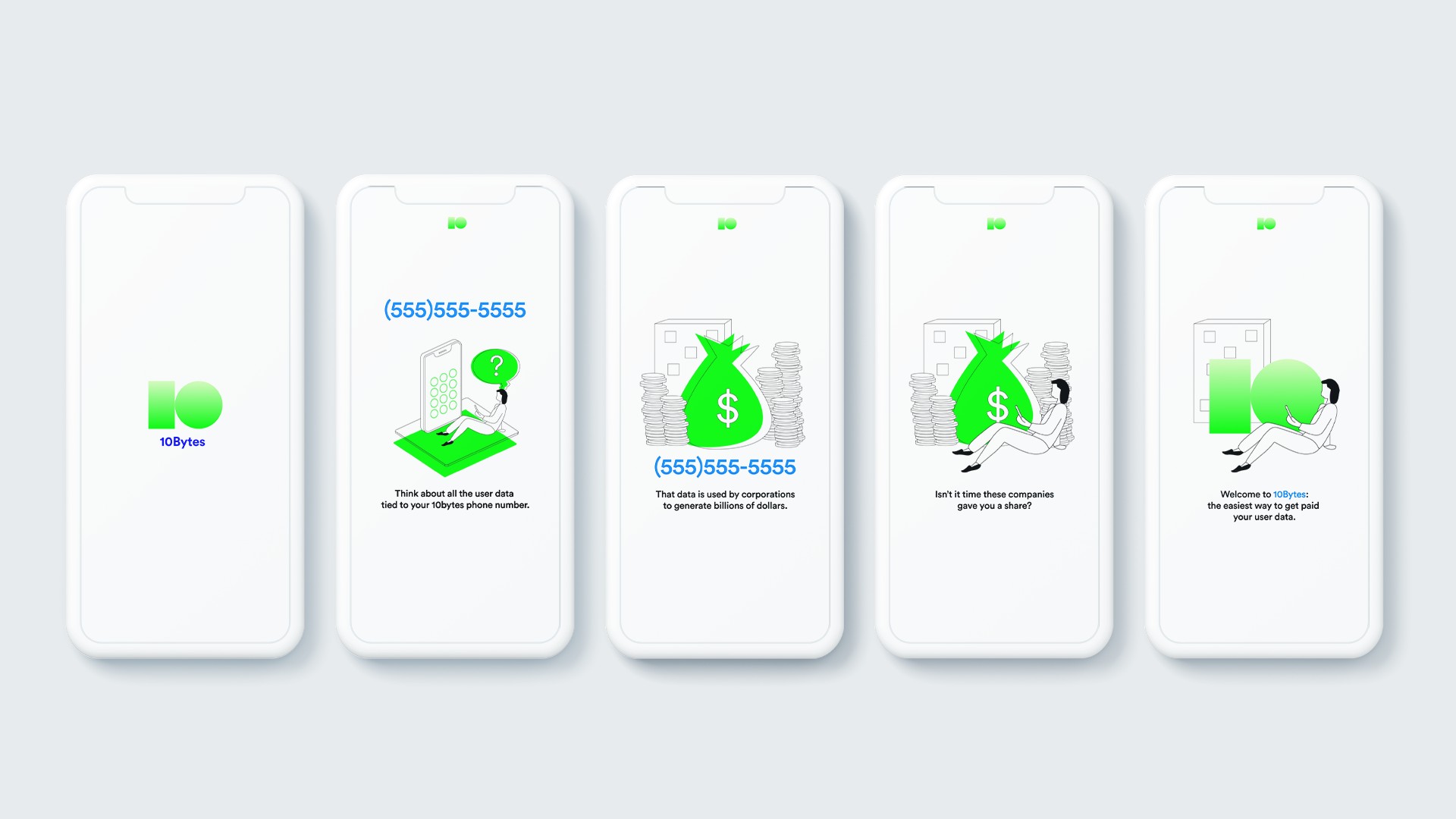 Today we’d like to introduce you to Soyeon Kwon.
Today we’d like to introduce you to Soyeon Kwon.
Hi Soyeon, so excited to have you with us today. What can you tell us about your story?
I was born and raised in South Korea and always had a passion for art. After attending an art middle and high school, I pursued a Bachelor’s degree in Fine Arts in college, specializing in painting at Kookmin University. However, I soon discovered that I was more interested in understanding other people’s thoughts than interpreting the world through my own art. So, I decided to minor in Graphic Design, as it allowed me to be creative while also learning from others.
After graduation, I worked as a designer for over two years at Design Fever, a digital branding agency in South Korea. I collaborated with clients such as Samsung and Lexus Korea to design websites, advertisements, ad campaigns, and even emojis. Unlike working alone on paintings, designing was more collaborative and interactive, allowing me to learn from people through immediate feedback on completed designs.
To further enhance my design skills and broaden my perspective, I moved to the U.S. and earned a Master’s degree in Graphic Design from the Maryland Institute College of Art. There, I focused on User Experience design. Today, I am working as a product designer based in Brooklyn, New York, and have been doing so for three years.
Can you talk to us a bit about the challenges and lessons you’ve learned along the way? Looking back, would you say it’s been easy or smooth in retrospect?
Upon reflecting on my past struggles in the design world, I realized that my lack of confidence was the root cause of most of them. I noticed that the more passive I was, the less people could understand my idea, which made it harder to convince others of my designs. This was challenging because I thought designs should be intuitive and—since I also assumed that everyone was smarter than me—that, therefore, they would understand my designs without me explaining them.
For example, when I presented my design ideas to clients or fellow designers in a passive way, they often became confused, which made my designs look bad. Through consulting with many colleagues in the design industry, I realized that explaining my design is not simply a matter of finding the “right” answer that everyone would innately understand but rather a process of coming to an agreement with each other’s opinions. I realized how important it is to accurately and confidently explain my thoughts and opinions to others in order to receive their feedback and reach a consensus.
I have come to accept that perfection cannot be achieved from the start and that it is normal to make mistakes during the design process. In addition, the realization that we are in the process of finding the right answer helped me try more diverse approaches when designing. I now introduce my designs with more confidence and clarity. This not only facilitates better communication but also gives a good impression of me as a designer because it shares the side of me who has the experience and skills in design that I have.
Thanks – so, what else should our readers know about your work and what you’re currently focused on?
I have expertise in graphic design and user interface/user experience, which I leverage to develop innovative products and user experiences. The point of design is to make day-to-day tasks and everyday life simpler for people. For example, having pictures on a menu should make it easier to decide what to order, whether it’s because it sets your expectations, the font is small or hard to read, or you might not be familiar with the written language of the area. Where user experience is important is making sure graphic design does its job, which is what sparked my interest in UX.
Before I got into UX, my grandparents and I went to a McDonald’s, where there were ordering kiosks and no cashiers. My grandparents were struggling with ordering from the kiosk because, even though there were pictures of the food, the pictures were still pretty small, and the words were much smaller. They were intimidated by the machine and wanted to leave the store, but instead pushed through and placed an order. They wanted coffee, but what they got were sodas. The liquids in the pictures were the same color, and they weren’t familiar enough with McDonald’s branding to realize the difference in the cup designs. Their upset and shame from the experience made me realize that bad design is not just unuseful, but it marginalizes people. I decided then to pivot my career from graphic design to product design because I believe in making people’s lives better. It is only through having a quality graphic design that takes its end-user into consideration that lives can be improved through design.
If we knew you growing up, how would we have described you?
As a child, I had a strong passion for art and drawing. Although I tried various activities like swimming, playing musical instruments, and even ice skating, nothing matched the joy I felt while drawing. I enjoyed learning different styles and was constantly seeking new ways to express myself through art. My dedication led me to art middle and high schools and eventually to major in painting in undergrad. Throughout my schooling, I also won several art awards.
Although I am not pursuing fine art as a career, my traditional art background is the foundation for my practice, and my appreciation for it remains deeply rooted. Today, I enjoy visiting museums and galleries, where I can gain inspiration from other artists’ work and the history of art.
Contact Info:
- Website: kwonsoyeon.com
- Linkedin: https://www.linkedin.com/in/soyeonk77/




Image Credits
KimlyParc
Nando Vivas
Sooyoung Jang











